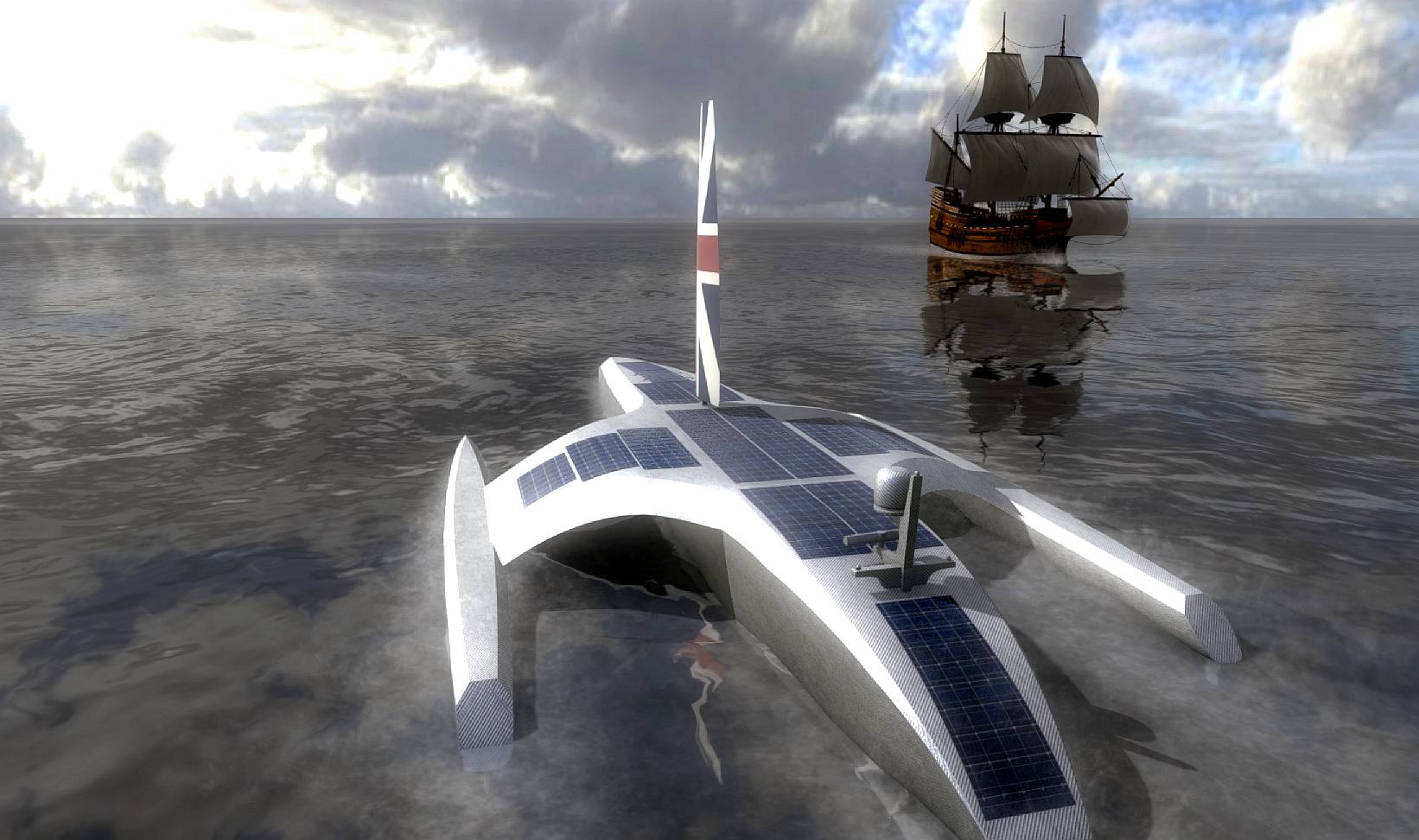|
PLEASE USE OUR A TO Z INDEX TO NAVIGATE THIS SITE OR CALL HOME
|
||||||||||||||||||||||||||||
|
It's only when you can see the miracle of life we inhabit, that internal conflict seems futile. We should all be working together.
Given man's propensity to wage war, and now with the ability to wipe humans from the face of the earth, you may be wondering if our precious blue planet will still be here in the next 100-200 years? With China and Russia on a path for a clash of the titans, and only the US and NATO standing between democratic freedom or communistic enslavement. The inevitable may be a total thermonuclear sterilization of the planet.
So far, we have survived two world wars, with a third world war looming like one of the mushroom clouds, the devastating signature of an atomic release.
All nations need to adhere to the notion of: "Law, Not War." Bury the hatchet and do their utmost to quash inappropriate leadership with dreams of global domination, tending to destabilize international relations.
The United Nations dreams of a world where tolerance and respect for ideals and beliefs, tempers itchy fingers on big red buttons. A legal framework to prevent annihilation. As it seems, dependent on restraining megalomaniacs, by voting in common sense. So, prosecutions of those willing to take the lives of political opponents, who would rule by fear.
This will be a tragedy, of biblical proportions, and an unthinkable loss of opportunity to share technology for the perpetuation of life itself. Granted that it is something of a miracle, billions of years in the making.
The phrase "extra terrestrial" (ET) originates from a combination of Latin words:
...
The Earth's life-supporting environment is a confluence of fortunate astronomical and geochemical circumstances that allowed for the formation and gradual evolution of complex life over billions of years.
Let's explore the unique characteristics of Earth's formation, its position in the solar system, and the ongoing planetary processes that all played a crucial role in creating a suitable habitat for life as we know it. Let's delve into the potential origins and the immense timescale required for the emergence of complex life forms on Earth.
Earth's size and composition provided the necessary
conditions for life on earth to develop.
A strong gravitational pull retained a dense atmosphere.
The presence of essential elements like carbon, oxygen,
hydrogen, and
nitrogen - are the building blocks of life.
The exact process remains a mystery, but theories suggest the formation of complex organic molecules in early Earth's
oceans may have laid the groundwork for the first self-replicating entities.
It is not beyond the realms of possibility, that these organic molecules
were formed on other, maybe extinct planets, trillions of years ago.
The development of complex life is a gradual process that took billions of years.
Natural selection, random mutations, and environmental pressures over vast timescales played a crucial role in the
evolution of diverse and complex organisms.
The evidence for which is reinforced in the theories of Charles
Darwin, though using only complex animal adaptation as his model.
The ongoing discovery of
'Exoplanets,' especially those within the habitable zone of their stars, suggests that Earth-like planets might be more common than previously thought. However, we still lack definitive information about their potential for life.
SPACE RACE - It's more of a crawl now, but when Russia put their Sputnik in orbit, the USA went into overdrive, trying to beat that achievement. That led to Man walking on the Moon, and the Space Shuttle. The new target is Mars. The Space Shuttle is launched into space with liquid hydrogen (LH2) and liquid oxygen (LOX) rocket motors. NASA developed the cryogenic tanks that may one day allow us to trade and transport LH2, the same way we trade and transport oil in tankers. Thank you NASA : )
STAR
WARS - I am worried about China shooting at
their redundant satellites with lasers, causing debris that is potentially
dangerous to stations. Weapons in space. and weapons aimed at space. should be banned.
Air Chief Marshal, Sir Mike Wigston is quoted as saying that Russia has deployed satellites that "we would describe as having the characteristic of a weapon and they
practiced a maneuver, that we would say, could only have been done to deliberately destroy another satellite".
Alternative ways of visiting other worlds in person, might be cloning humans from frozen eggs, conditioning their brains and uploading memories, to recreate the scientists of today, again, for tomorrow. This theoretical concept is the basis for a fictional story in the rebirth of Cleopatra: Cleopatra's Mummy. In researching the technology to make the novel (film script) more believable, the subject of cloning and DNA manipulation, memory implants and synapse conditioning were all rehearsed and found to be science faction, not fiction.
The technology exists for deep space exploration, subject to development. Arguably far more reliable than the more common theme of Cryostasis (clathrate hydrates), the reversible cryopreservation of live biological objects, or Cryonics; the experimental process of freezing a person for later resuscitation to create a state of suspended animation, a common theme in science fiction.
The way we are treating planet earth, we could need a B planet sooner than space researchers think, to keep humans and other species on earth alive, as Planet A first dries up then floods. I wonder if they (World Bank, IMF, etc) should hit the reset button on printed money and stop the financial clock. That would reverse climate change via economic cooling. I wonder if printed money should once again be index linked to the real world. Today, this might be in relation to what planet earth can comfortably sustain. Unfortunately, not the perpetual growth most politicians thrive on.
Mars is the nearest potential planet for colonization, but is extremely inhospitable with no atmosphere to speak of, being 95% carbon dioxide.
|
||||||||||||||||||||||||||||
|
||||||||||||||||||||||||||||
|
|
||||||||||||||||||||||||||||
|
This website is Copyright © 2024 Planet Earth Trust..
|


